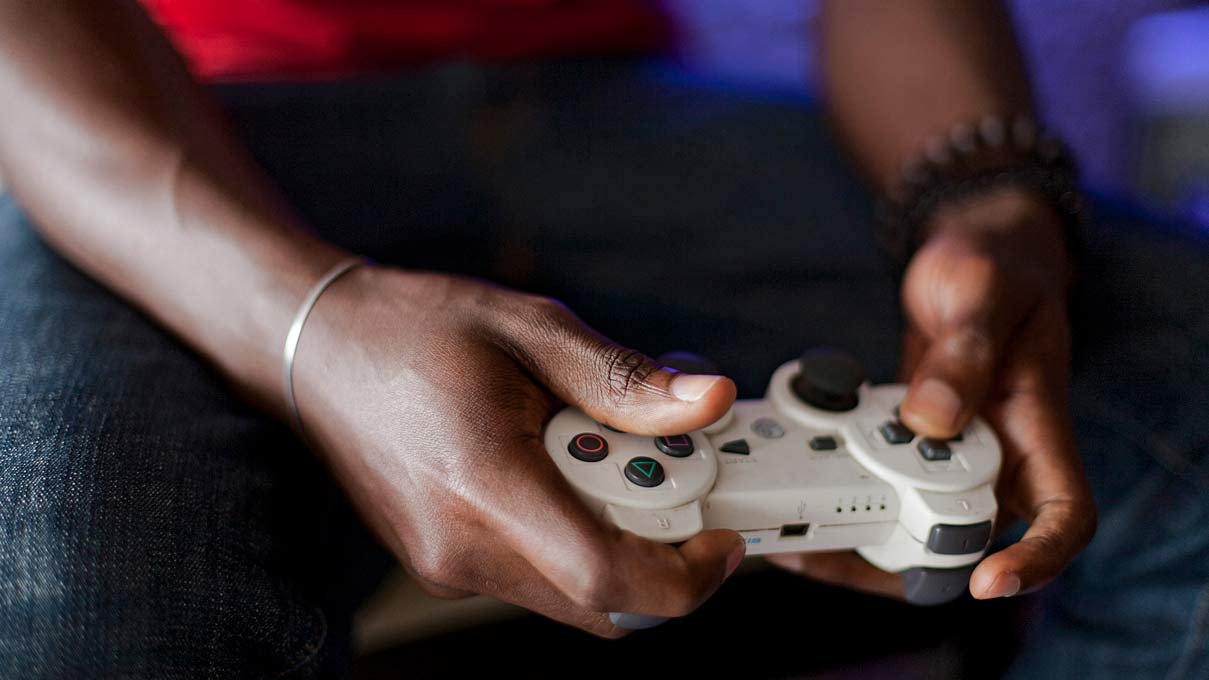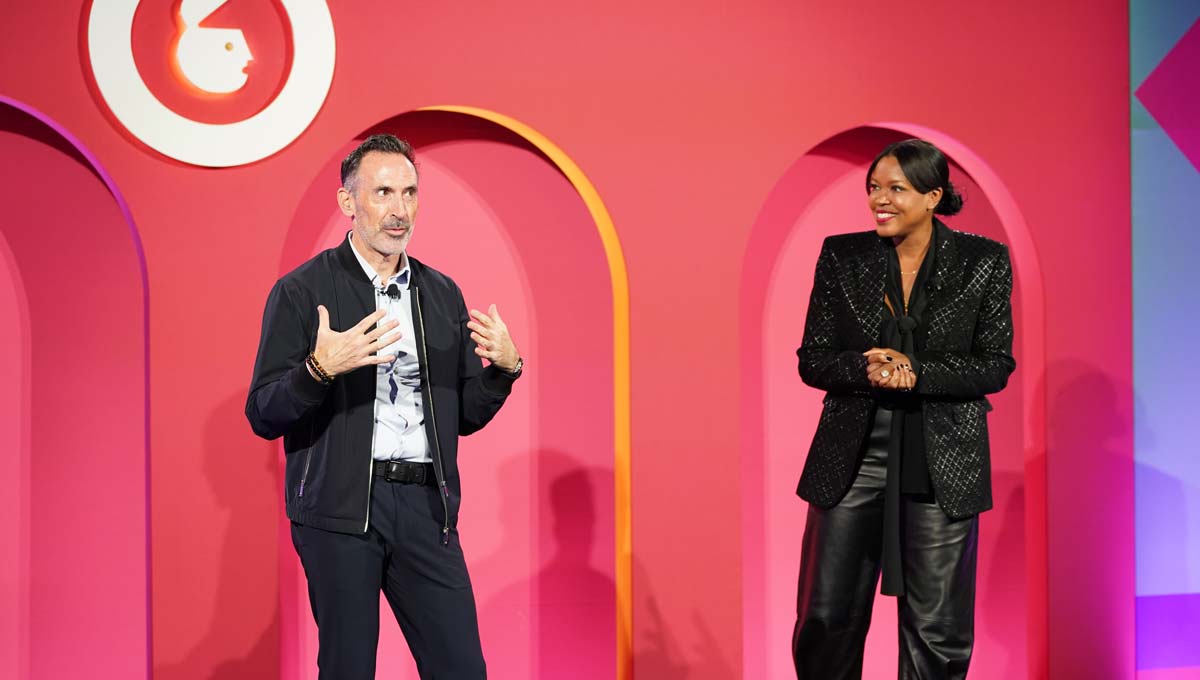As consumer expectations rise, so do the stakes for brands. As part of his Think with Google Guest Editorship, Unilever’s Chief Marketing and Communications Officer Keith Weed shares three examples of brands that are not just meeting consumer expectations, but exceeding them.
Mobile is unlocking consumer control and empowering consumers in a way we’ve never seen before. As people grow accustomed to having everything at their fingertips—right here and right now—their expectations of brands grow ever higher. And with unfettered access to information, consumers now decide for themselves what’s low- or high-consideration. So what’s a brand to do?
Successful brands will be those that not only meet consumers’ expectations, but exceed them. The proof is in the pudding, so they say. Here are a few brands that have caught my eye with how they’re meeting the expectations of hyper-empowered consumers.
Burger King Spain took usefulness to a whole new level
What the brand did: Anyone who’s played a video game knows how immersive the experience can be. When you get in the groove, you don’t want to stop. Burger King Spain partnered with Sony Playstation to enable in-game ordering for home delivery. A clan of professional gamers dubbed #burgerclan was invited to infiltrate games to connect with amateur gamers. As they teamed up to complete missions, the amateur gamers could place an order for the pro to dispatch via Burger King’s real-world delivery service.
Why it worked: This campaign tapped into a great consumer insight—that when you’re deep into a mission in a game, you don’t want to leave the game to find food when hunger strikes. By creating this completely immersive experience—minus the part where gamers had to go to their front door to get their food delivery—Burger King quite literally met its audience where they were. (And satisfied hangry gamers, to boot.) This made for instant gratification and a seamless, quick consumer journey.
Knorr built a campaign for individuals, not the masses
What the brand did: As a traditional and established food brand at Unilever, Knorr faced the challenge of meaningfully engaging the millennial audience. Driven by the insight that people are more likely to be attracted to others who share their same favorite flavors, Knorr built flavor profile quizzes for individuals to take. The brand created video content by bringing people with matching flavor profiles together for a blind date. But the campaign didn’t end there. Bite-sized content was created for a variety of platforms enabling millennials to take and share their own flavor profile quizzes. After completing the quiz, individuals were served recipes tailored to their personalized profile.
Why it worked: By finding millennials where they were—on social and video platforms—and creating content about more than just reach, but also engagement, Knorr was able to bring love at first taste to a new generation. The individualized flavor profile component of the campaign proved to millennials that Knorr wasn’t a one-size-fits-all kind of brand. The results speak for themselves: 2 billion impressions (of which over 70% were earned) and increased global brand equity.
Doritos Heatburst in the U.K. used brilliant creative to start a conversation—and keep it going
What the brand did: To launch a new flavor in the U.K., Doritos created a mysterious #heatwillcome countdown-to-hatch video that it put on YouTube and in social media. Interests were piqued. Then the brand launched a TV spot featuring a baby dragon and his human pal who quickly learns the benefits and pitfalls of having a fire-breathing friend. This brilliantly simple creative featuring a baby dragon brought the experience of the product to life. The team also kept the brand top of mind by creating GIFs of the baby dragon that were shared in relevant cultural moments on social media, including congratulating Ed Sheeran when he topped the charts.
Why it worked: In a Game of Thrones-obsessed world, who doesn’t love a baby dragon? Using a dragon as an analogy for the experience of the product was a way to talk about the product benefits in an engaging way. But it was more than a dragon that made this noteworthy—the brand didn’t ask consumers to do a thing. Rather, they gave them the tools to participate in organic conversations in a non-disruptive way on YouTube and social media. In that sense, Doritos earned much more attention than any one channel alone could have given them.







